Introduction & Reflection
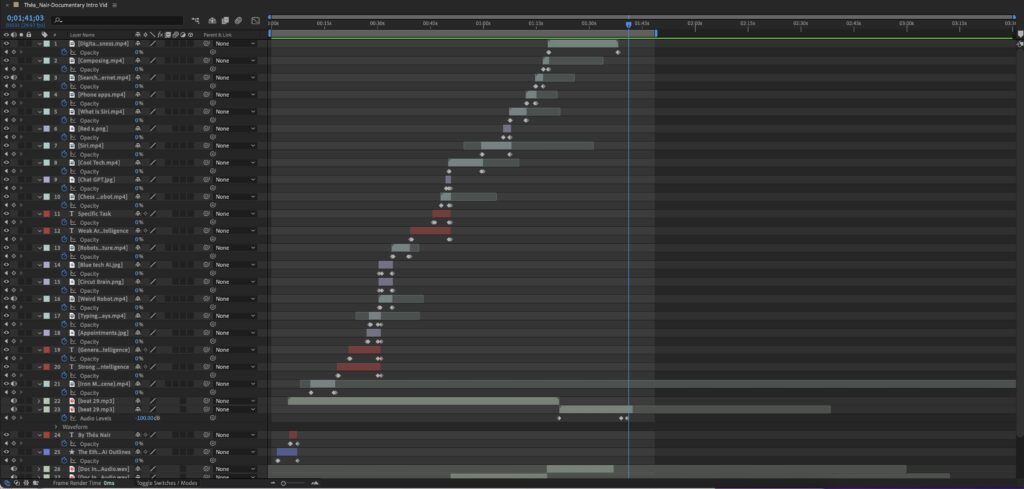
For our Documentary unit, we were challenged to document a place, person, or issue we were really passionate about or interested in. We interviewed people and did research about our subject to understand its role in our community and world. In April, we began drafting and revising a multiple-page article about our subject with a specific research angle, we used the interviews and secondary sources to shape and guide our argument. In May, we learned how to design our article in a professional magazine format.
Throughout the unit, I had to push myself out of my comfort zone. There were many unanticipated problems that arose, one of which made me restart my project entirely, and I had to navigate them in order to complete my project. However, overall, I had a great time in this unit and loves working with my interviewees.
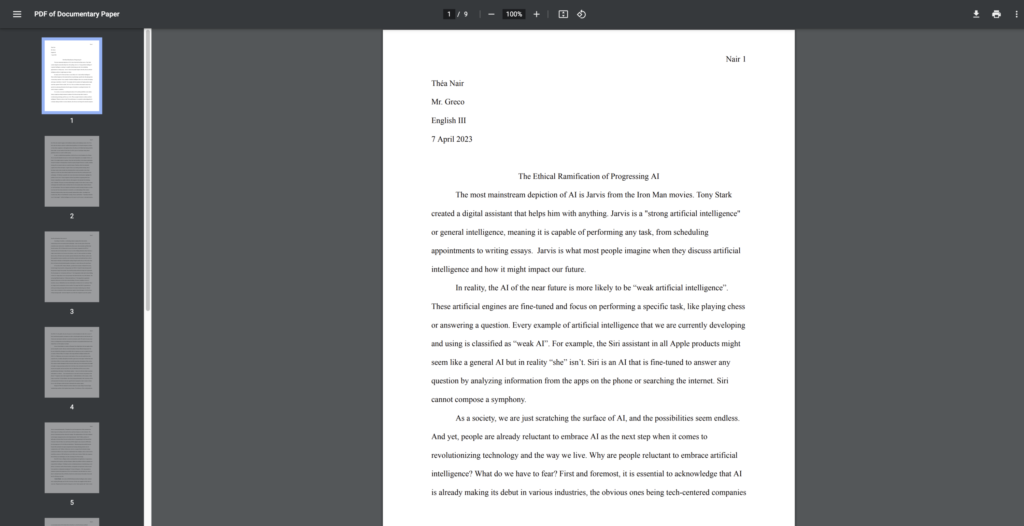
My documentary process was more difficult than others. Initially, I wanted to document whether or not street art has a positive or negative impact on a community, diving into the difference between mural painting, graffiti, and tagging. I planned on following a specific artist and wanted to write a profile on their life, but we ended up having communication problems, and as my peers were progressing with their projects mine wasn’t. I ended up needing to change my subject completely, I still wanted to challenge myself and look into something that interested me but that I had little knowledge about.
I decided to research Artificial Intelligence. I was extremely interested in the subject and at the time it seemed like AI was advancing like we have never seen before. A few months ago ChaptGPT had just been released to the public as well as many image-generating engines. It sparked debate on whether or not we should embrace artificial intelligence.
English
Interview Process
For my English documentary, I wanted to get an interview with someone living in the Bay area and someone that has studied Artificial Intelligence.

My first interviewee was a teacher that teaches at Mountain View High School, Jessica Cohen-Bender. She is an art teacher and throughout the interview, we talked about how the art community is affected by AI focusing on the AP art course and other communities like the comic book community. We also talk about how access to this technology is limited for those that don’t live in technologically wealthy neighborhoods or countries and how this creates inequality in who the companies developing the AI design their products for.

My second interview was with Connor Wright. He has a first-class philosophy graduate from the University of Exeter. Wright currently works with the Montreal Artificial Intelligence Ethics Institute and is currently pursuing a part-time masters at the University of Cambridge in AI Ethics & Society.
The interview was structured around what are some of the unseen ethical problems with AI, and what unknown biases need to be addressed now before continuing to progress AI. Wright is a firm believer in “Using AI to augment the human capacity”.
Using Premiere Pro we made transcripts from each of the interviews.
Digital Media
In Digital Media we learned how to create professional articles and flyers using InDesign. We first made a one page flyer and then we designed our article layout using the documentary essay we wrote in English.
For my one page flyer, I made a fake announcement for a video game tournament. I created the background in Illustrator, using a cartoony style. I then uploaded the Illustrator file to an InDesign document where I added the information about the fake tournament.
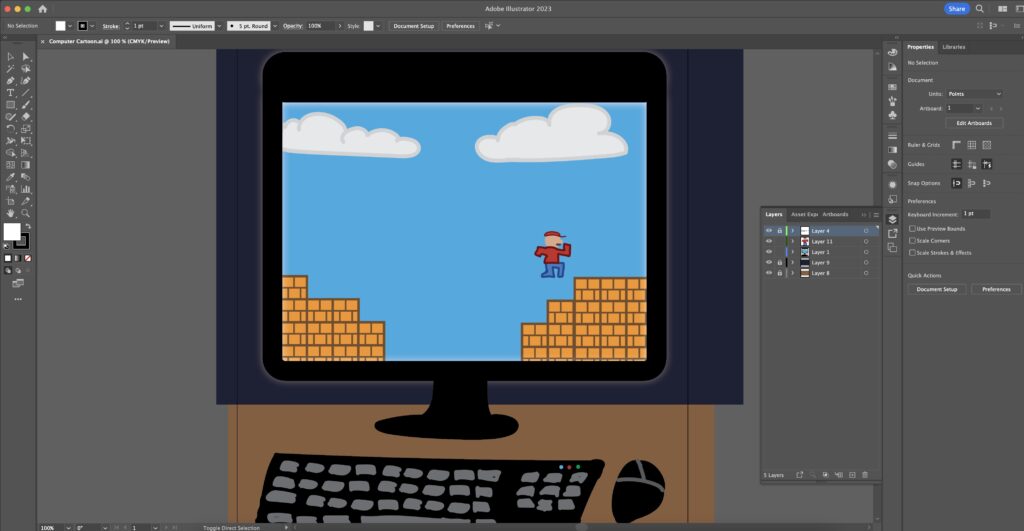
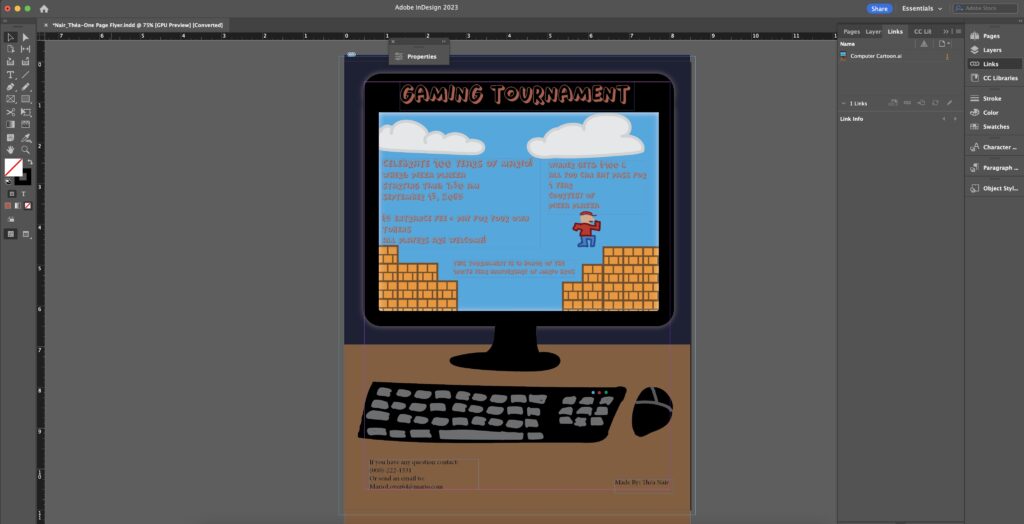
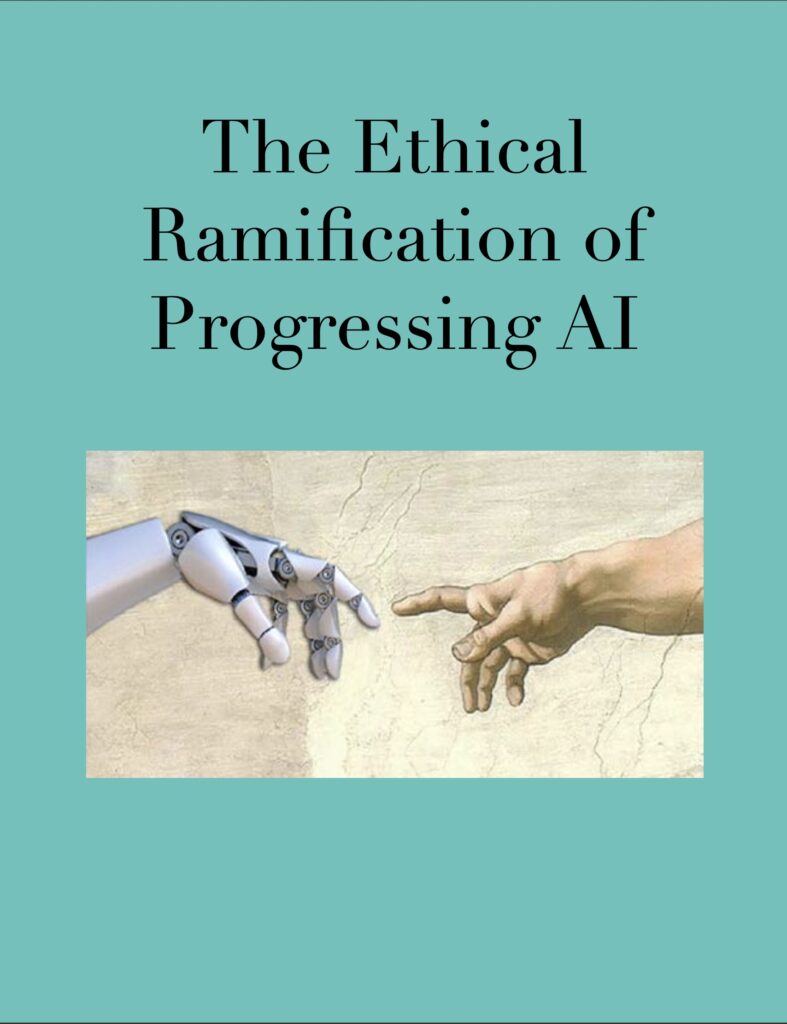
Film
At the beginning of the unit, we learned about the different types of film documentaries. We also learned the different techniques used when creating a documentary. Before creating our documentary we first filmed a mockumentary, this was so we could practice all of our technical skills. My group made a mockumentary about a ghost hunter, they had to exterminate the ghost that was living in the film room. We learned how to use Lavalier microphones and how to frame a subject properly.
My real documentary focused on how refugees escaping the war in Ukraine were adapting to life in the US.
My partner and I interviewed a high schooler Illia who escaped with his mother and a married couple, Oleskii and Lina that escaped together. Both groups had very different experiences, and their stories will always stay with me. Their bravery and courage are enough to inspire millions and I am grateful to be able to share their stories with others.
Unlike the narrative unit, the pre-production phase was extremely short. Since we are filming a documentary you can’t really plan anything, it is only after you have gotten all of your interviews that you can actually start making your story in editing. My partner and I had some trouble at the beginning finding people that were willing to be interviewed but after weeks we were able to set up our interviews.
One of the biggest challenges we had to face was the language barrier between us and Oleskii and Lina’s interviews were done in Russian with the help of a translator. In editing, we were initially planning on using the translator’s audio over the interview but finally, we decided to add captions and use the original responses that were given by Oleskii and Lina.
Another challenge was the B-roll, some of the B-roll came from videos and images that Lina and Oleskii took on their phones while they were trying to escape to the US, but it wasn’t enough for the entire documentary. My partner and I tried to use as much found footage as possible to help illustrate their stories to the best of our abilities.
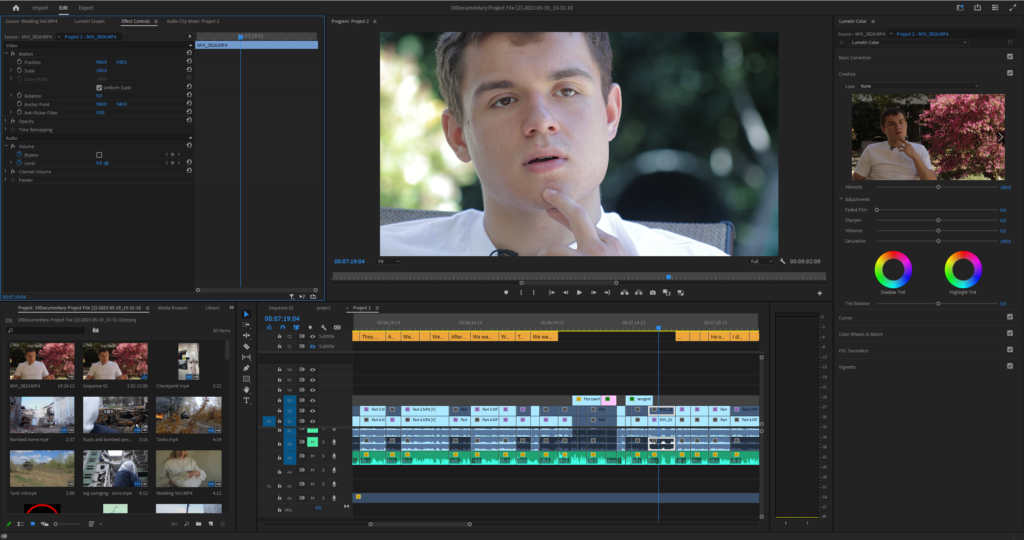
My partner and I interviewed three people for our final project:
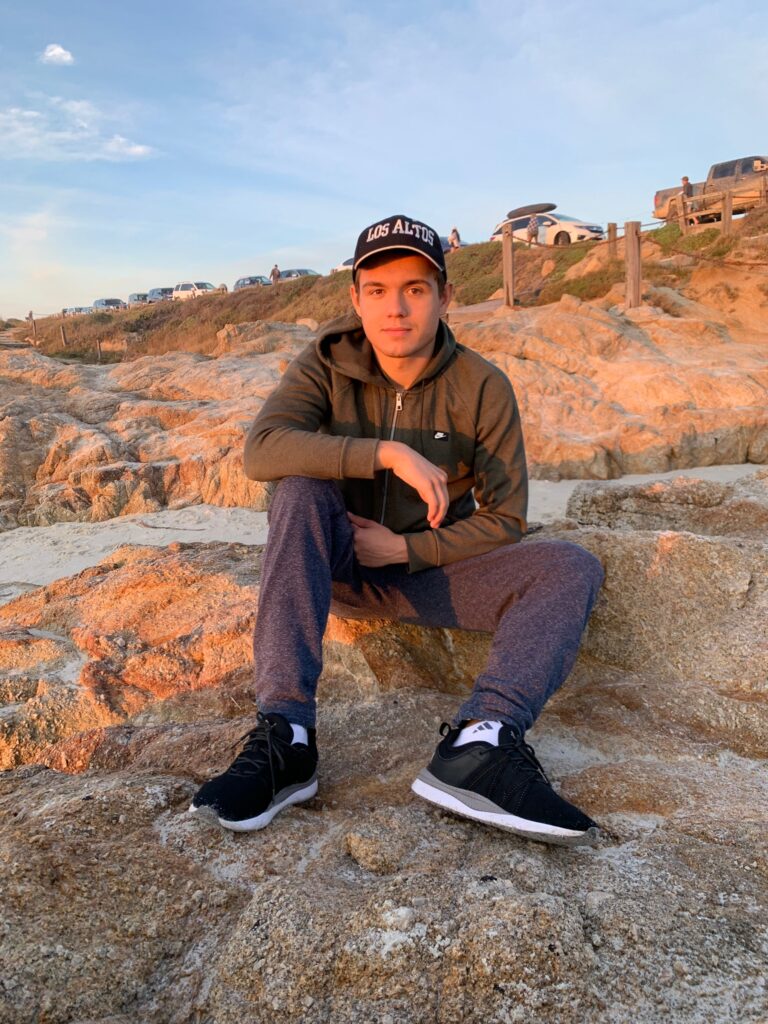
Illia Borshchenko is a senior at Los Altos High School. He moved to California because of the war in Ukraine and was kind enough to share his story with us. Illia is on the varsity wrestling and water polo team at Los Altos High School. Illia wishes to pursue wrestling in college and wants to represent his country in future tournaments.

Linaa (Middle) and Oleskii (Right) Popolzin were our second and third interviews for the documentary project. They fled from Mariupol when Linaa was 6 months pregnant with Arthur (Left). At the time of filming, they had officially been living in the US for 1 year. They are excited to raise Arthur and plan on taking one step at a time when it comes to adapting to life in the US.
Thank you
I would like to thank everyone that helped me throughout this documentary unit. Thank you to my interviewees Illia Borshchenko, Oleskii and Linaa Popolzin, Connor Wright, Jessica Cohen-Bender and Oleh Chvyl.
Thank you so much Mark Gurevich for taking time out of your day to translate for my partner and me. Thank you Milly Siegel for putting me in contact with Connor Wright. Thank you Mr Greco for being so supportive of me and helping me when I was struggling with my research. Thank you Mr. Taylor for being an amazing Film teacher and advisor. Thank you Mr Flo for all of your helpful tips and tricks and for teaching me how to use all these amazing Adobe softwares that made my article look and feel even more professional than it already was.
Finally thank you Lemo Sekiguchi for being an amazing partner throughout the documentary unit.